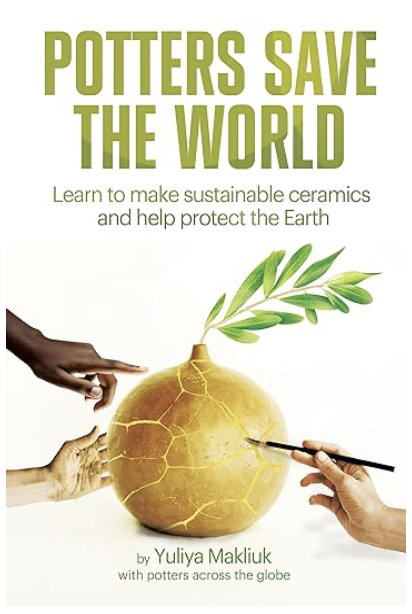The year 2023 is poised to become the hottest in human history.[1] It's time for ceramic artists to do their part and respond to the climate crisis. But what exactly can we do?
On the one hand, as our world hurtles toward an uncertain future, the idea of extracting non-renewable mineral resources and emitting tons of CO2 solely to create a humble pot is increasingly difficult to justify. On the other hand, the resources we rely on, including energy, water, clay, and other vital minerals, are at risk of becoming too scarce and expensive commodities for a potter to use.
Caring for our planet isn't just a noble cause; it's a responsibility that touches every facet of our lives, even our beloved craft of pottery. Many artists working with clay start questioning their practice and how (and if) they can continue it in the age of the Anthropocene.
In this article, I will focus on the basic steps to address this challenge based on my research.
As an environmentalist and self-taught potter, questions about the potential harm to nature swirled in my mind as I started my journey into ceramics, with dreams of running an environmentally-conscious studio. I decided to calculate the carbon footprint of a handmade ceramic mug and model different scenarios to find the ultimate eco-friendly way of making a mug. I hoped that this method would allow me to gain insight into what makes ceramics more or less sustainable and how to create the greenest pottery possible.
Insights from this journey laid the groundwork for my upcoming book, Potters Save the World: Learn to Make Sustainable Pottery and Help Protect the Earth. Here, I offer a condensed version of some of its chapters.
Decoding the Carbon Footprint
An environmental footprint is a measure of how much a product or process impacts nature. Scientists use quantitative data, such as raw material consumption and pollution emissions, to evaluate the impacts of various items, from cars to cities.



